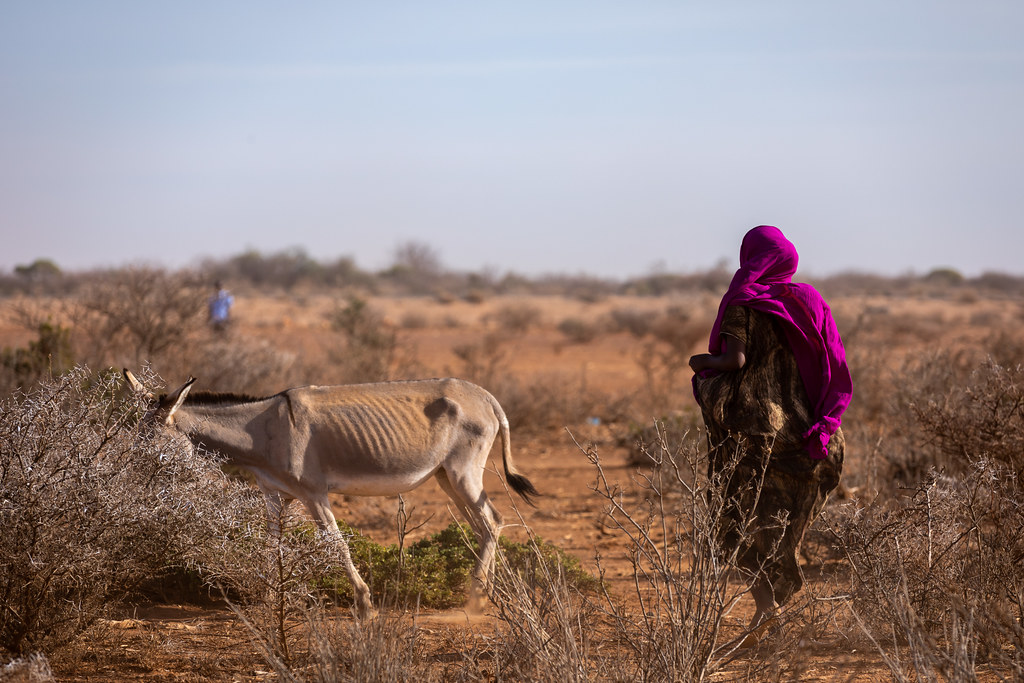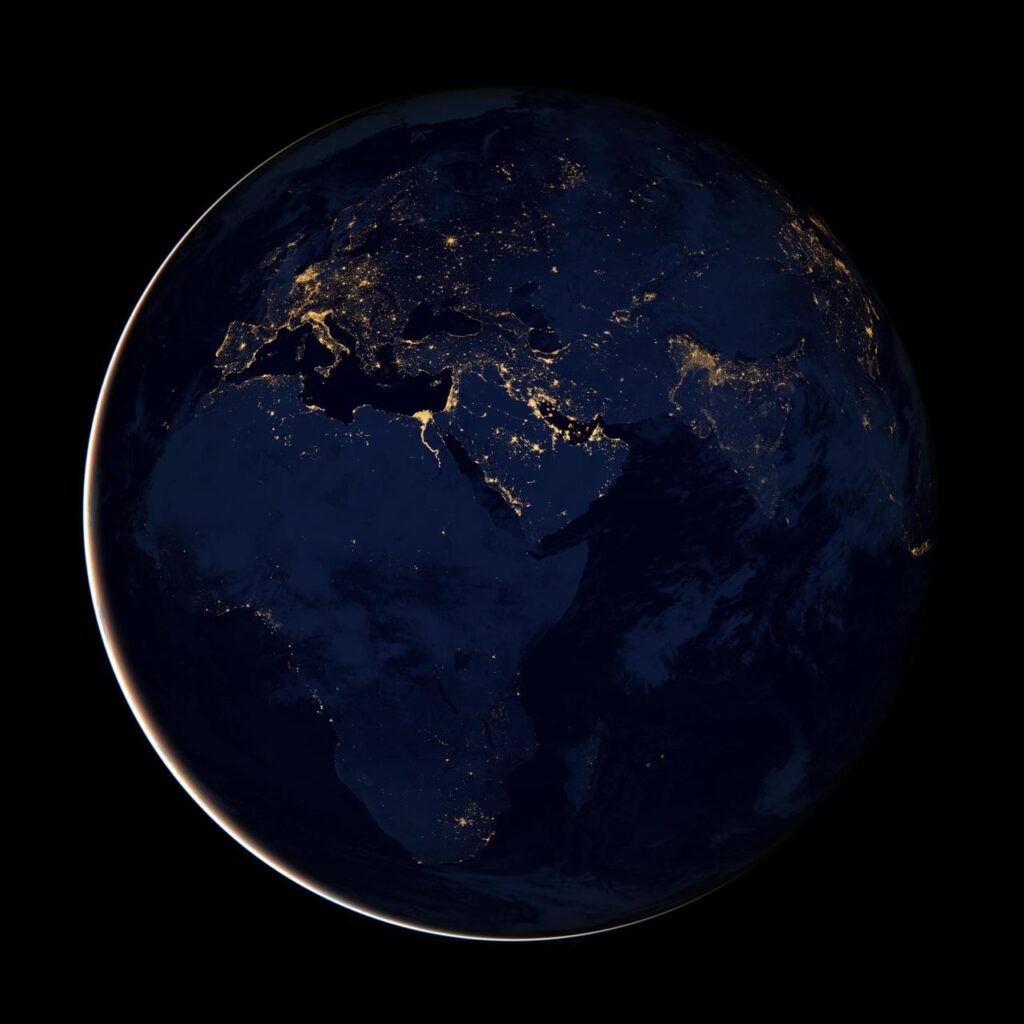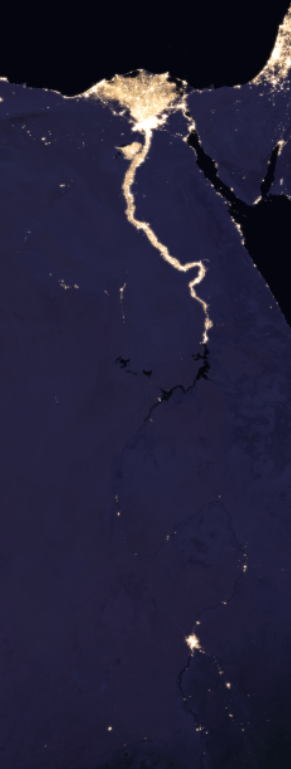The Horn of Africa and southern Africa saw the most people move during droughts, according to a new continent-scale assessment of settlement locations in Africa
21 December 2023

Droughts, including the ongoing severe drought in the Horn of Africa, can prompt people to relocate closer to water sources or cities. Roughly 80% of African countries saw people move toward rivers or to urban areas during drought in recent decades, a new Earth’s Future study found. Credit: UNICEF Ethiopia
AGU press contact:
Liza Lester, +1 (202) 777-7494, [email protected] (UTC-5 hours)
Contact information for the researchers:
Serena Ceola, University of Bologna, [email protected] (GMT+1 hours)
WASHINGTON — In 80% of African countries, moved toward rivers and into cities during drought, increasing the number of people living in flood-risk areas in recent decades, according to a new study. This resettlement pattern will likely intensify in coming decades as climate change is expected to make droughts more frequent and severe.
“It’s a cycle that exacerbates how many people are negatively impacted by drought, and not only in the ways we might normally expect,” said Serena Ceola, a hydrologist at the University of Bologna in Italy who led the study. “As regional climates change and both droughts and floods become bigger problems, more people will struggle to find a safe place to settle. People may move from one drought-affected place to another or move somewhere that just poses different climate risks.”
In Somalia, for example more than 3.8 million people have been displaced in part by drought over the last three years. Many of those climate refugees sought shelter near rivers, where farming could resume, but heavy rains and flash floods then displaced more than half a million people.
The study was published in Earth’s Future, which publishes interdisciplinary research on the past, present and future of our planet and its inhabitants. Prior to this study, research on drought-driven migrations in Africa focused on single countries or specific drought events, limiting scientists’ understanding of how drought influences patterns of human settlements at large scales. The new study is the first to examine changes in human settlement patterns associated with droughts on a continental scale.
“We want the whole society to be aware of just how many people are moving from one climate threat to another,” Ceola said.
Untangling drought
Droughts may push people closer to rivers to continue agricultural activities, and others may adapt by moving to

Nighttime lights can be used to tell where people have settled. Credit: NASA Goddard
cities, which offer diverse economic opportunities when drought limits agriculture. Scientists have hypothesized that drought can be a main driver of human displacement, but many factors — often inextricably linked to drought itself — can contribute to displacement. Drought can exacerbate conflict, political violence and food and job insecurity, each of which can prompt mass migrations on their own.
The researchers chose to focus on drought alone due to its potential impact on many different factors. They used two indices, EM-DAT and SPEI-12, which respectively reflect socioeconomic and evapotranspiration impacts of drought, to look for droughts in 50 African countries from 1992 to 2013. They included in their analyses the years preceding and following the drought to test for strength of the drought signal and lingering effects of drought on human movement.
To determine whether people moved to rivers, the researchers used satellite-based nighttime light detection to check for either changes in existing settlements’ luminosities or the development of new settlements. They used annual, country-based World Bank census data to track populations in urban centers.
Where does drought drive people?
The study found people moved toward rivers or urban centers in up to 80% of African countries experiencing droughts as indicated by at least one of the two indices used. During drought years identified by at least one of the

Nighttime lights can show increases in populations living along rivers during drought. Credit: NASA Worldview
indices, about half to three-quarters of all studied countries had settlements move closer to rivers, and one-third to half of countries had urban populations grow. The urban-growth signal could have been weaker than river-based migration because people may move to cities for many reasons, Ceola said.
Seventeen countries experienced droughts according to both drought indices during the study period. Up to 65% of those countries saw increased human movement toward rivers during drought years when the pre-drought year was included in the analysis.
Notably, all countries in southern Africa saw drought-related migration toward rivers based on at least one drought index over the study period. Ceola pointed to Burundi, Guinea Bissau and Namibia as particularly interesting.
The methods have some limitations. Nighttime lights are used as a proxy for human settlements and activities, meaning that the amount of observed light may not reflect the number of people. Smaller concentrations of lights may not show up, and it might leave out the poorest groups that lack enough lights to appear. Limited data for many regions and populations on the continent mean scientists have to get creative with the sources of information available to prepare people and governments for current and future hazards, Ceola said.
“Policy makers need data and detailed information in order to implement strategic planning, support sustainable development and increase the resilience of people living in vulnerable areas. Likewise, people living in those areas need to be aware of the risks and should have the opportunity to freely move to safer locations,” Ceola said.
#
Notes for journalists:
Neither this paper nor this press release are under embargo. The study is published in Earth’s Future, an open-access journal. View and download a pdf of the study here.
Paper title:
“Drought and human mobility in Africa”
Authors:
- S. Ceola (corresponding author), Department of Civil, Chemical, Environmental, and Materials Engineering, Alma Mater Studiorum Universita di Bologna, Bologna, Italy
- J. Mård and G. Di Baldassarre, Centre of Natural Hazards and Disaster Science, Uppsala, Sweden, and Department of Earth Sciences, Air, Water and Landscape science, Uppsala University, Uppsala, Sweden
AGU (www.agu.org) is a global community supporting more than half a million advocates and professionals in Earth and space sciences. Through broad and inclusive partnerships, AGU aims to advance discovery and solution science that accelerate knowledge and create solutions that are ethical, unbiased and respectful of communities and their values. Our programs include serving as a scholarly publisher, convening virtual and in-person events and providing career support. We live our values in everything we do, such as our net zero energy renovated building in Washington, D.C. and our Ethics and Equity Center, which fosters a diverse and inclusive geoscience community to ensure responsible conduct.
#
Contributed by Shannon Banks